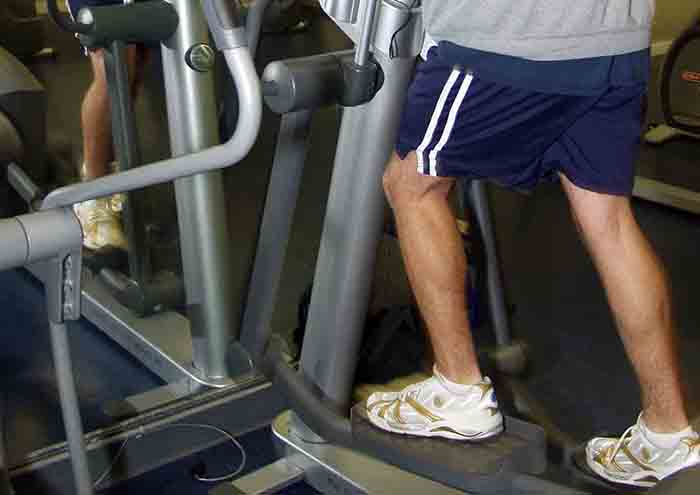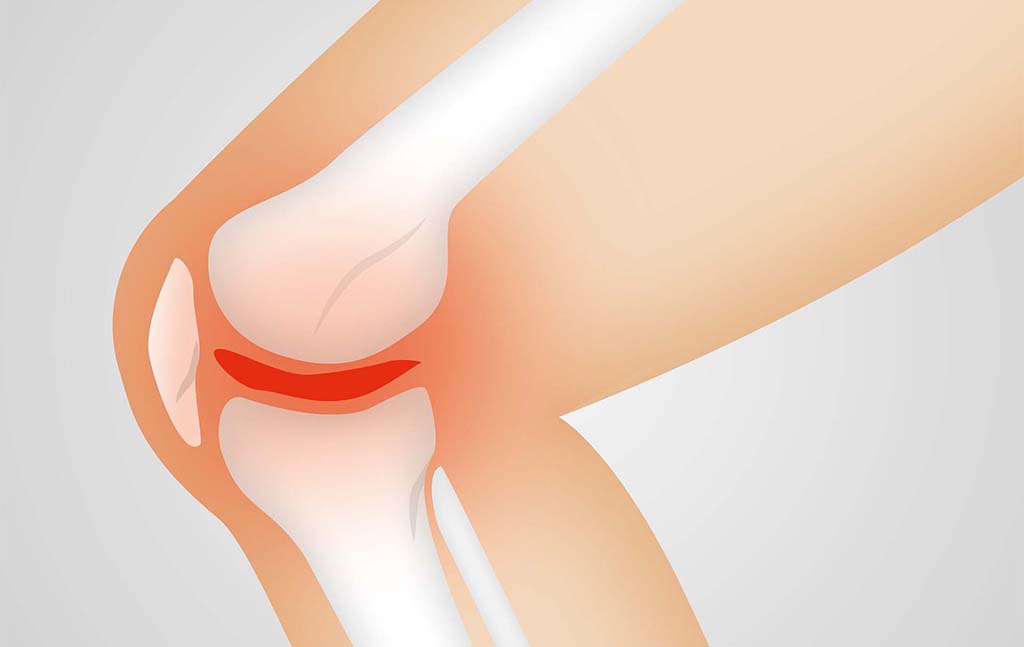Not only can they be found at gyms, but having one at home will give you the desired results. The main reason elliptical trainers are preferred is that they simulate running. They also come with training programs for people with different goals and you don’t need to be in the gym to use one.
But…
Elliptical machines are great for cardio as they simulate stair climbing, jogging, or walking however, what about safety? Will it be safe on the knees? Is it a better cardio machine for arthritic joints? It’s time we find out how well they hold up as far as your knee safety is concerned.
What is the correct age range for elliptical use?
There’s a very little limitation about the use of elliptical machines. Whereas adults are advised to incorporate a minimum of 150 minutes of cardio in their workouts every week, people over 50 years of age should be very careful with elliptical usage.
As you get old, your joints are more vulnerable to arthritis and joint pain. Because of this, elliptical machines should be used only after consulting a doctor. At the same time, an elliptical’s motion is much better for people suffering from joint pains or arthritis due to the low-impact nature of the workouts.
Be aware of your physical health first
Something else you should be concerned about is your physical health. As much as ellipticals are perfect cardio machines with low impact on your knees, using them in the wrong way could do more harm than good.
Here are several ways that they do hurt your knees:
- The motion of an elliptical is different from how you’d move while walking or running. Normally, the feet rest on the pedal rather than raising as it would while walking. In the long run, there is a biomechanical compensation via the joints. This could then result in joint wear or muscular imbalances.
- It’s a good thing that ellipticals have a low impact on your joints. There is, however, a downside to this since the motion does not allow for any weight-bearing pressure on the joints as you exercise. At the end of the day, you won’t increase your bone density.
- As compared to natural walking or running, ellipticals put more pressure across your hip and knee joints which may wear them down in the long run.
- If you don’t have a proper fitness base and jump into an intense workout too quickly, you could develop overuse injury on your knees. This mostly happens when one does high-intensity interval training on an elliptical.
How are elliptical machines good for your knees?
We’ve looked at the bad and it’s not time to look at how much you can gain from an elliptical trainer (which is quite a lot). Here goes:
They have a less stressful impact on joints
Not only are the best elliptical trainers easy on your knees, but they also minimize back and hip discomforts and injury. The reason for this is that an elliptical allows for a closed-chain motion meaning the feet remain on the pedals (similar to cycling) which is amazingly easy on the knees.
In addition to this, since the elliptical requires less stabilization on your knees, there is minimum impact as compared to running or walking on a treadmill or outside.
It’s easier to strengthen other muscles that keep your knees healthy
Since the cardio workouts on elliptical trainers have a low impact on your knees, they increase blood flow to the cartilage on the knee. This in turn results in stronger muscles around the knee which you’ll highly appreciate especially if you are suffering from arthritis.
Also, since your feet will always be pressing on the pedal, they are kept from twisting. This improves your overall balance and keeps your body in alignment at all times.

With an elliptical, injury recovery is quick
To use it for this, you’ll need clearance from a doctor. Once you are allowed to use one to recover from a knee injury, you will appreciate the low-impact nature of the elliptical as compared to running which will put more strain on your knee(s).
At the same time, ensure that the incline of the elliptical, foot location and hand placement are all adjusted to your body type and height. Here’s an amazing elliptical you could try out
